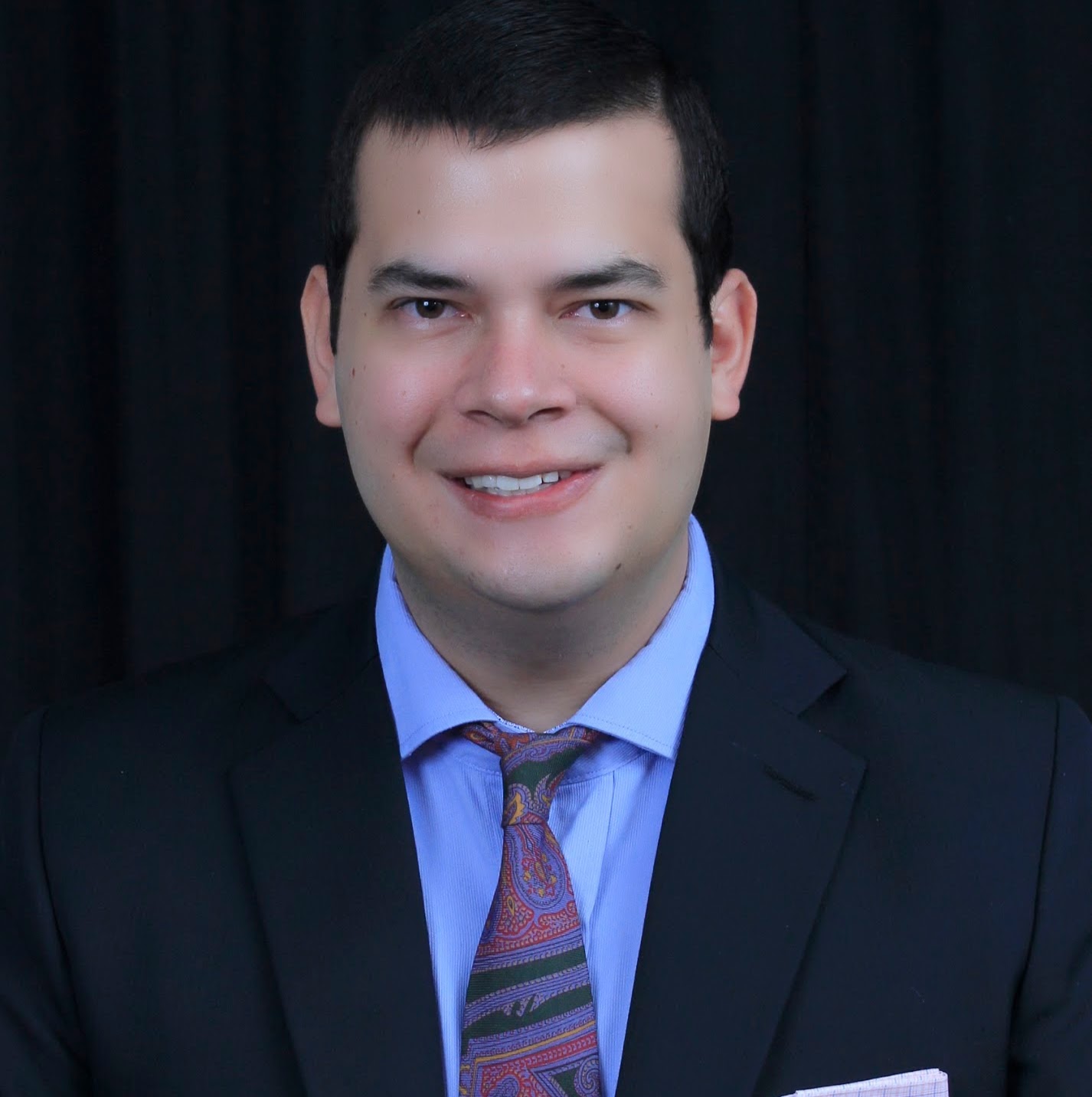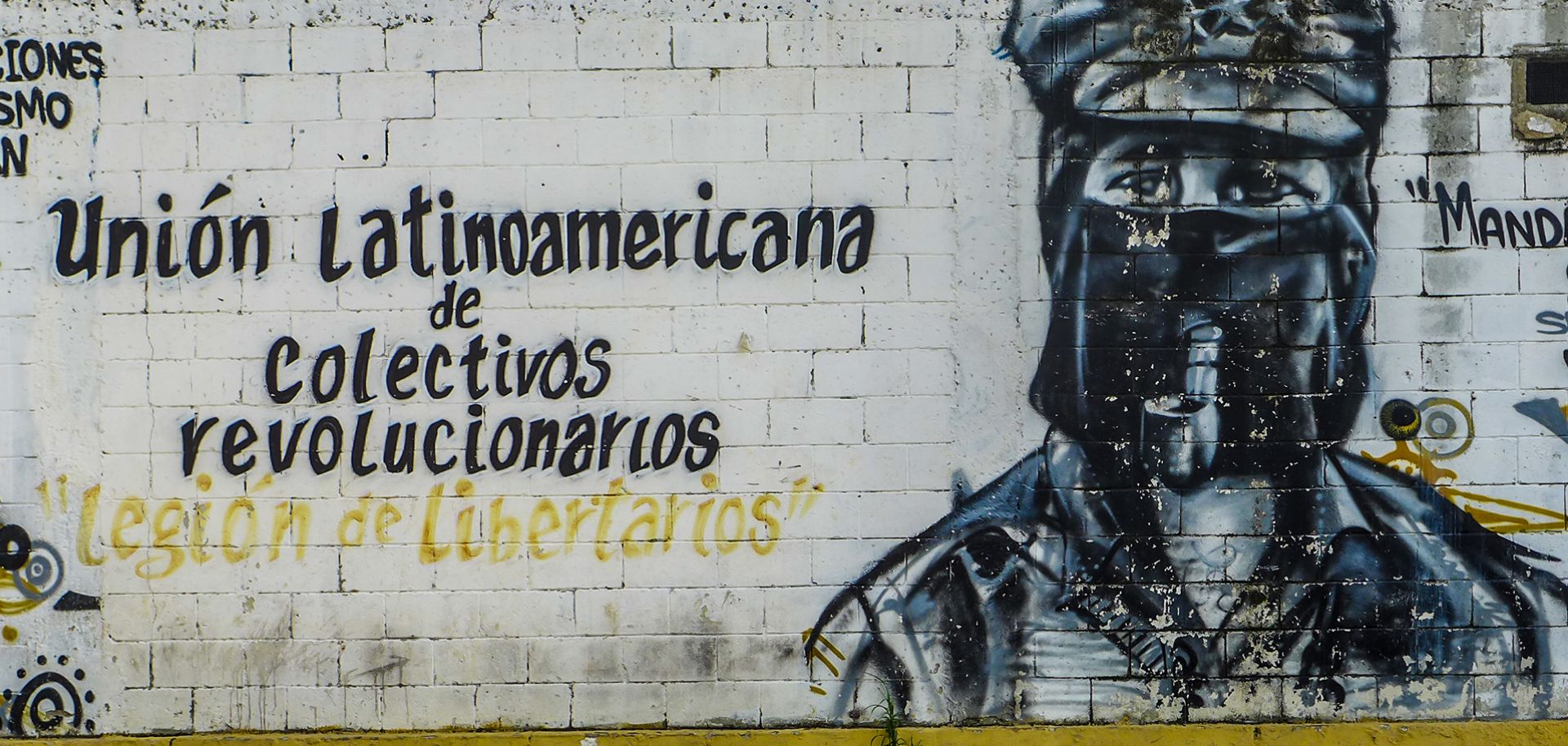ASSESSMENTS
Venturing Into Caracas' Chavismo Bastion

Aug 7, 2016 | 13:00 GMT

(DIEGO SOLIS)
Summary
Today, investigating what happens in the streets of Caracas means knowing that you are in for an adventure. It is a city where insecurity is the norm and chaos runs rampant; you can easily fall prey to petty criminals, kidnappers or, if you are unlucky enough, killers. As a field researcher, I knew that my stop in Caracas would be a risky endeavor. After all, I would be entering a country with one of the world's most tattered economies, where the $15 in my pocket was about as much as most Venezuelans make in a month.
But I knew that just as national leaders are compelled to do what they must to advance their countries' interests, I felt the need to head into the field to advance my own interest in understanding Venezuela's unstable and uncertain circumstances. After months of fruitless effort, I finally gained access to the country's most prominent and leftist neighborhood: the famous Barrio 23 de Enero, a part of town that has become the symbol of Latin America's Marxist guerrillas and the home of Caracas' feared colectivos.
Subscribe Now
SubscribeAlready have an account?
